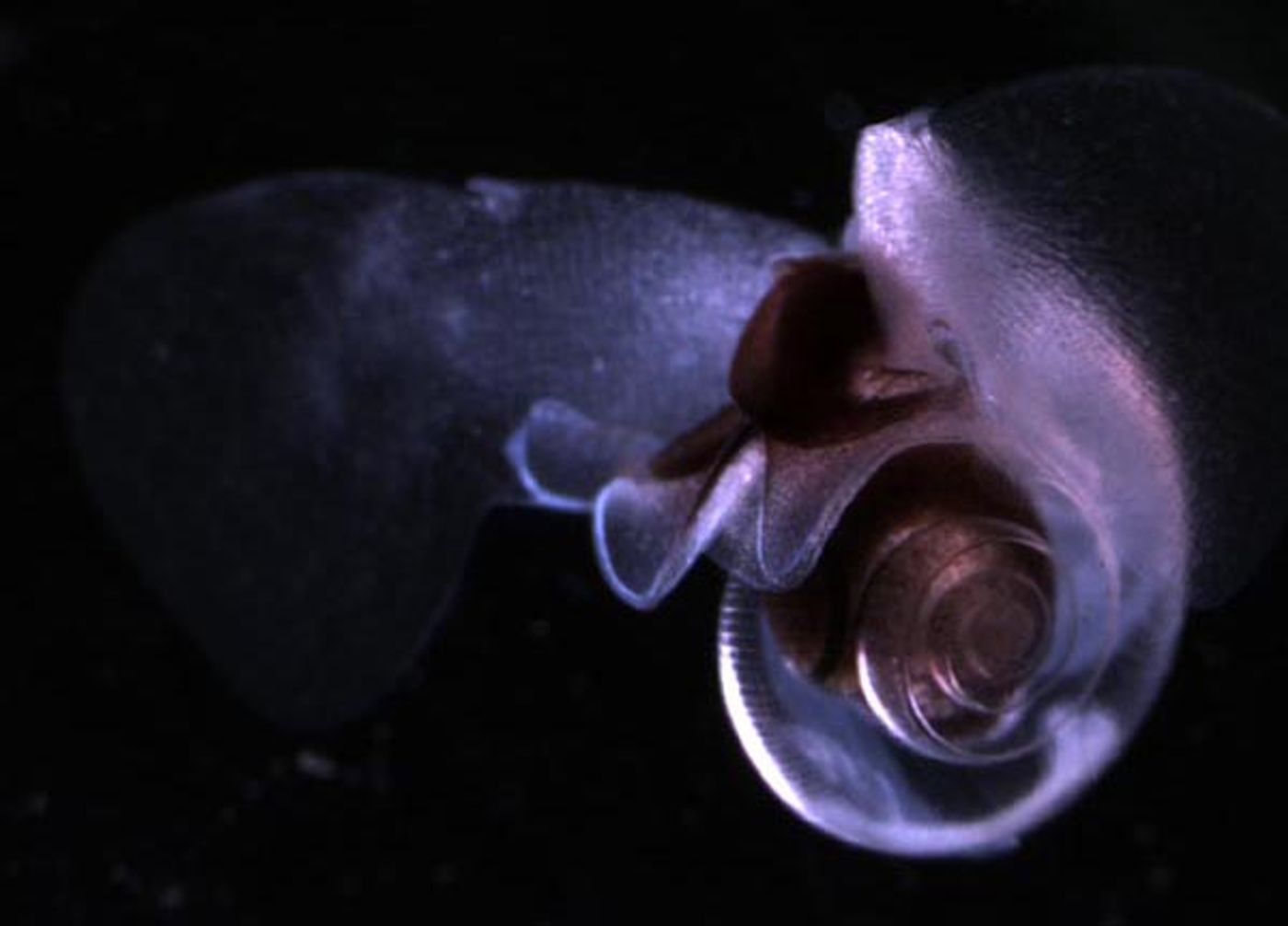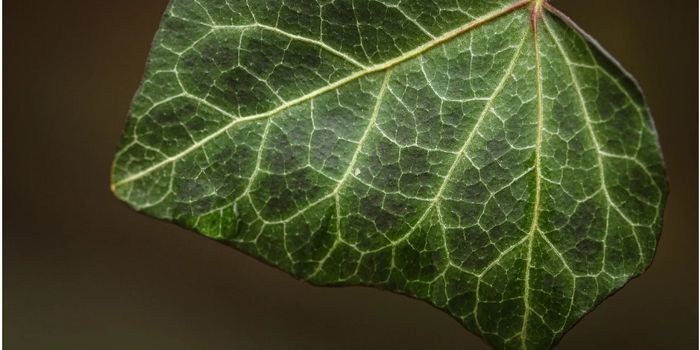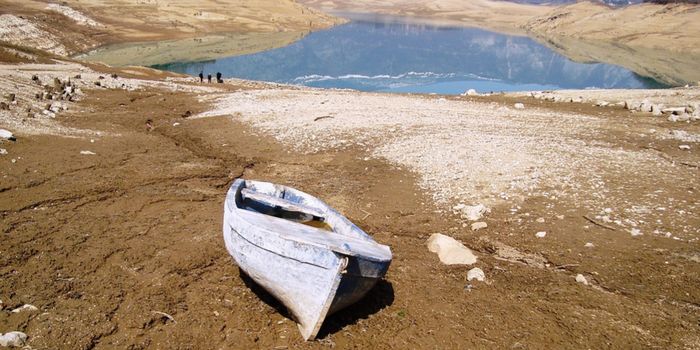Scientists Document Swimming Styles of Sea Butterflies
Snails, marine and terrestrial, are likely primarily imagined to be attached to a substrate. However, under the waves, there is an entire world of tiny snails that use winglike appendages to fly up the water column every night to feed, only to sink back down each day.
Pteropod and heteropod snails are commonly referred to as "sea butterflies," and according to a new study, they have been "famously difficult to study." However, researchers from the University of South Florida in Tampa aimed to document the swimming and sinking kinematics of sea butterflies. According to Science News, this research not only helps scientists better understand this enigmatic species but could also apply to the design of underwater robots. The results of this study were published online earlier this week in Frontiers in Marine Science.
To conduct this investigation, Dr. David Murphy—a mechanical engineer of USF Tampa—and fellow researchers collected marine snails from Bermuda. They documented eight identifiable sea butterfly species' swimming and sinking characteristics, with shells of varying size and shape. They captured, reviewed, and analyzed 95 videos, each two to 14 seconds long.
The study confirmed that among the species examined, they each "distinct locomotion characteristics which correspond strongly with shell morphology and size." According to Science News and the study results, snails with coiled or elongated shells usually swam straight up and sunk straight down when they stopped flapping their appendages. The species that featured a wide, flat shell ascended at a shallower angle and slowly drifted back down sideways. The study's results suppose that the sideways drift was likely due to lift generated by the wide and flat shell's larger surface area.
As the ocean's chemistry continues to change due to acidification, it's crucial to understand how the swimming behavior and diel vertical migration of shelled animals are affected. According to this study, previous research has already shown that lower pH and salinity negatively affect upward swimming ability. Additionally, as the study cites, ocean acidification damages shell structure or thickness, unbalancing the forces and torques involved in swimming.
As reported by Frontiers, marine snails play essential roles in both geochemical cycles and climate. In a quote to Frontiers, Dr. Murphy stated, "Understanding the swimming ability of these animals is helping us better understand their ecological importance and distribution in the ocean." He continues that, "Further, as engineers, we hope to learn from the swimming style of these organisms to design a new generation of bio-inspired underwater vehicles."
Sources: Science News, Frontiers Blog, Frontiers in Marine Science









